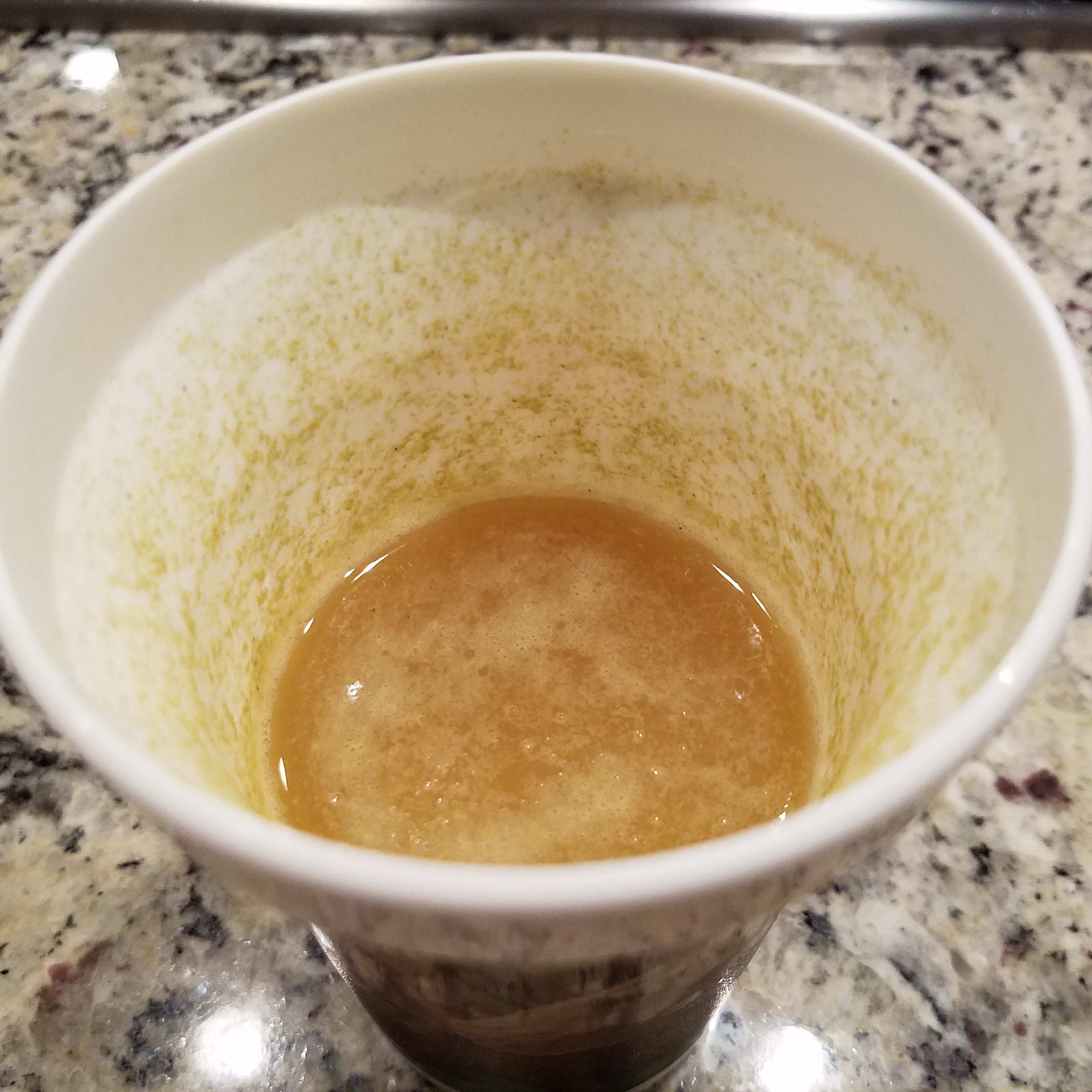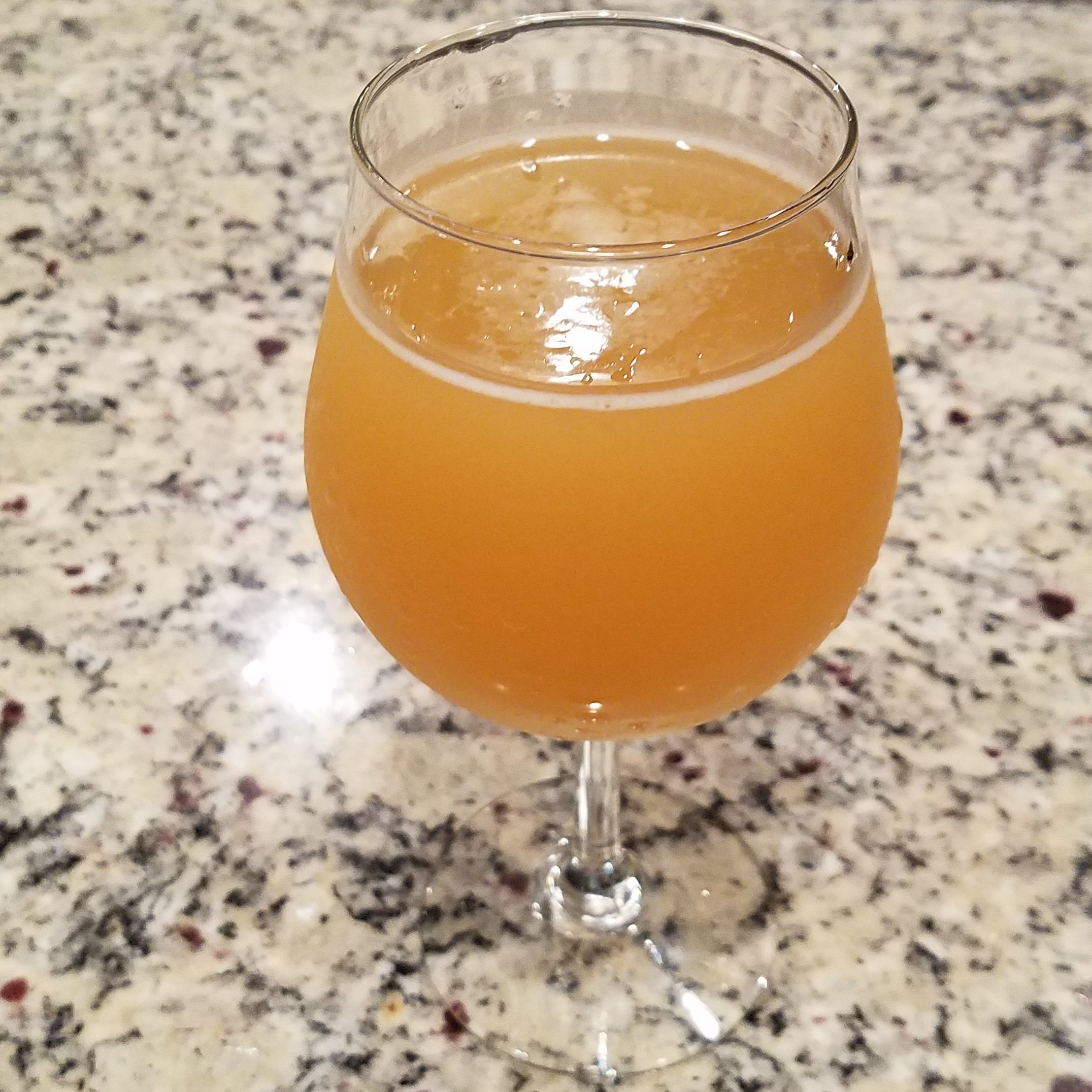Ok you talked me into it. I'll be monitoring the gravity throughout fermentation.You could do that. Spunding is best from oxygen exclusion perspective though. If you do add priming sugar just make sure you do it as soon as it hits final gravity. Otherwise you’ll start to get ingress to the fermenter.
The best way to know to transfer is to monitor the gravity.
I'll be using WLP090 San Diego Super Yeast for this batch so it's going to ferment quickly. At least in my experience it does. I've brewed this beer enough times that I know where the final gravity will end up. So, at least for this batch, I won't have to do a forced fermentation test to determine what final gravity will be.
Thanks again schematix. I appreciated the help.






![Craft A Brew - Safale BE-256 Yeast - Fermentis - Belgian Ale Dry Yeast - For Belgian & Strong Ales - Ingredients for Home Brewing - Beer Making Supplies - [3 Pack]](https://m.media-amazon.com/images/I/51bcKEwQmWL._SL500_.jpg)




















































